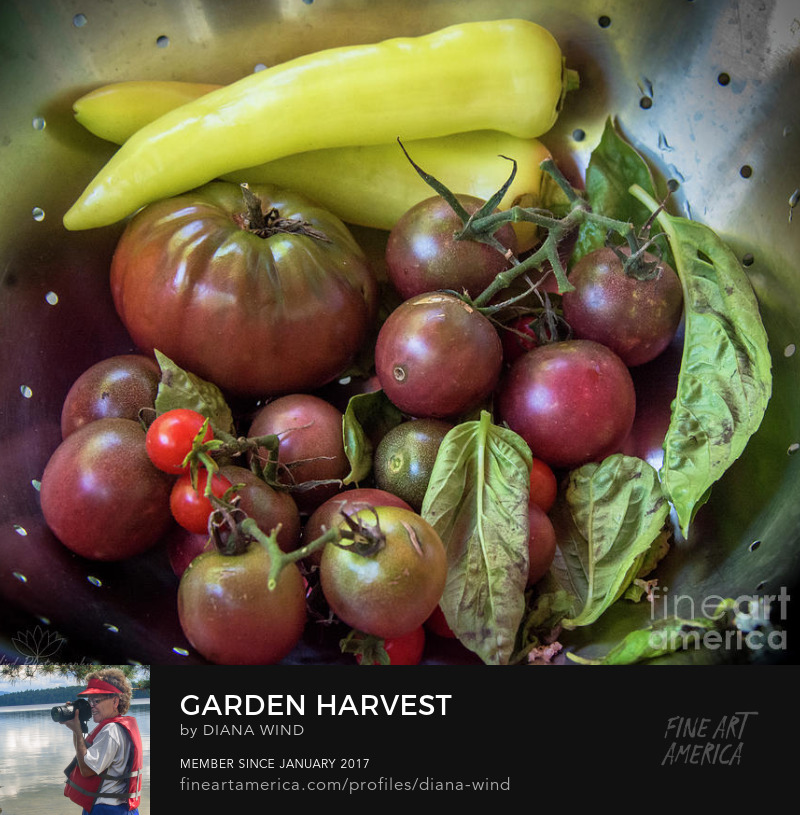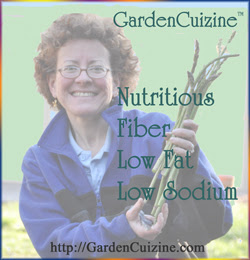
Once you, your family and friends taste melt-in-your-mouth crepe-style Italian manicotti made with homemade crepes rather than store bought manicotti pasta shells, you will always want to take the little bit of extra time it takes to make a batch of savory crepes and fill them. Crepe manicotti make any meal a special celebration with pleasing flavors and delicate, light, texture that hits the spot any time of year, including summertime.
fills 10-13 manicotti*
2lbs (907g) 1 large container part skim ricotta
8 oz (~226g) shredded part skim mozzarella, divided
1/2 cup (~113g) Pecorino Romano grated cheese, divided
1/4 cup (4 tablespoons; 5g) fresh parsley, divided (harvested from your garden if possible)
2 eggs (100g), whisked
1/4 teaspoon (~1.5g) salt
pinch ground black pepper
pinch fresh ground nutmeg
In a large bowl, hand stir using a rubber spatula: all the ricotta cheese, 1 cup of the mozzarella, 1/4 cup Pecorino Romano cheese (or Parmesan), 3 tablespoons chopped parsley and all the remaining ingredients (reserve the rest of the mozzarella, grated cheese and parsley for the topping). Set aside in the refrigerator until ready to use.
Prepare a batch of savory Crepes
Check out GardenCuizine's savory crepe recipe*Crepes make manicotti taste the most tender and delicious, but of course you can cook and use manicotti pasta shells with this ricotta filling recipe. If you use them instead, it helps to use a pastry bag with no tip (or a large round tip) to pipe out the filling into the manicotti shells.
Putting it all together
serves 4-5; yields 10-13 crepe-style Italian Manicotti
Pomodoro (tomato) sauce (how much you use is up to you)
10-13 Crepes (or al dente cooked and drained manicotti pasta shells)
Ricotta filling
1/4 cup grated cheese
Remaining shredded mozzarella cheese
1 tablespoon of chopped fresh parsley
- Spoon some Pomodoro pasta sauce on the bottom of your baking dish and set aside.
- Fill each crepe, one at a time, with the ricotta filling. I use 3 small, 1-ounce scoops. Hand roll, leaving the sides open.
- Place each filled crepe, seam side down, in a 15x10x2-inch baking dish atop the sauce.
- Extra can be prepared in a small baking dish and cooked or frozen for a later meal.
- Top with additional sauce and a sprinkle of both grated Pecorino Romano and shredded mozzarella cheese; sprinkle with chopped fresh parsley
- Cover with aluminum foil and bake at 350° F (177°C) for 30 minutes.
- Remove cover and bake for another 10-15 minutes or until edges are bubbly and cheese is slightly golden brown.
- Serve with meatballs or mussels and a generous garden salad.
GardenCuizine Nutrition Analysis per filled crepe: coming soon
Related Links: GardenCuizine about Classic Italian Pomodoro Sauce
GardenCuizine Recipe: Pomodoro Sauce



































